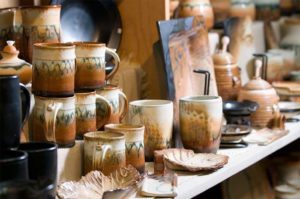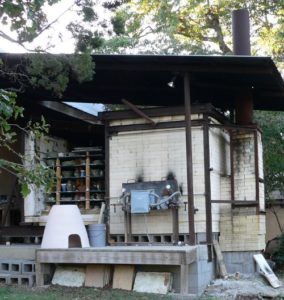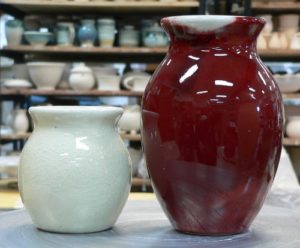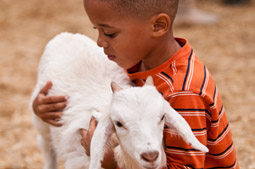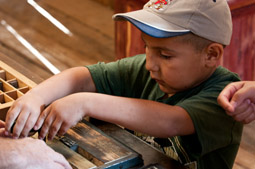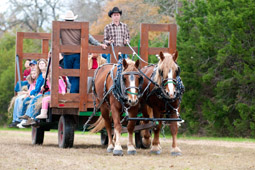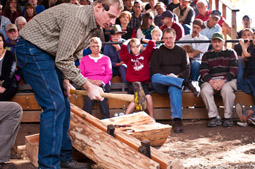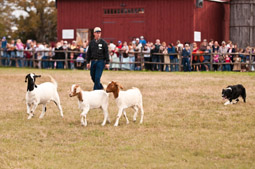Beekeeping for Pollination
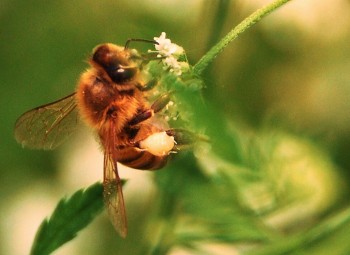
There are many good reasons to keep bees, but one reason that’s often overlooked is pollination. Although some crops like corn and small grains are pollinated by wind, most crops in your garden or orchard depend on insects for pollination and will not properly produce fruit without it. Examples include tomatoes, cucumbers, squash, okra, onions, watermelon, cantaloupe, blackberries, apples, apricots, strawberries, and many others. Other crops, such as broccoli and cabbage will produce a head without pollination, but they require pollination in order to set seed, so if you’re planning to save seed for next year’s garden, you’ll need pollinators for those crops also.
Cucumbers and squash, depending on the variety, require as many as 8 to 12 visits per flower in order to set fruit properly. Apples need about 8 visits per blossom to produce good quality fruit. In our beekeeping class, I often bring a misshapen apple to the class, one that is large and well developed on one side and small and poorly developed on the other side. When we cut the apple open and look inside, we invariably find that the well developed side contains more seeds than the smaller, poorly developed side because the seeds stimulate the growth of the fruit.
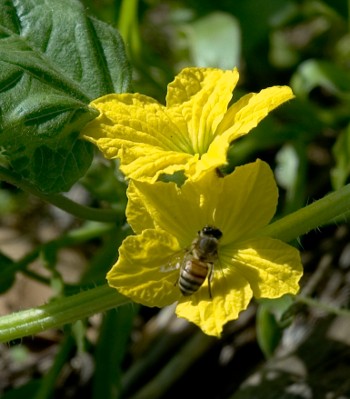
The best way to ensure that your crops are pollinated well is to have a bee hive nearby. Honeybees form large colonies, having 30,000 – 40,000 bees in a single colony during winter and increasing in size during the Spring. Honeybees actively collect and store pollen in their hive because they depend on it as a food source for their young. The way that honeybees collect the pollen makes them especially good pollinators.
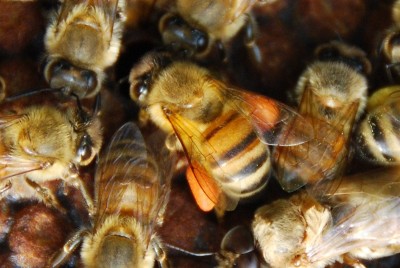
There are several types of wild pollinators, such as mason bees, bumblebees, and butterflies, but none of these are as effective as the honeybee. Mason bees are good pollinators, but they are solitary bees and do not form colonies. This means their workforce in your garden is small compared to a honeybee colony. Bumblebees form colonies, but each bumblebee colony begins with a single queen bee in early Spring and only grows to about 600 bees by its peak later in the year, so although they are an important pollinator, they are less effective than the honeybee. Butterflies tend to mainly feed on sweet nectar producing blossoms, and they do not collect pollen, so although they do contribute to pollination, they have a much smaller effect than honeybees.
If you want your garden and orchard to be pollinated well so that all your plants will set fruit, we recommend having a bee hive on your property. Honeybees often range up to 2 miles or even further in their search for nectar and pollen, but they will concentrate more heavily on the areas closest to the hive.
Beekeeping is not difficult or expensive to get started with. It takes a small amount of time to setup your first hive, and once the hive is established, you will need to check on it every 10-14 days. I tell my students that anyone who can garden can keep a beehive.
If you would like to learn more about beekeeping, we offer a beginning workshop on how to keep bees and a more advanced hands-on beekeeping and hive management workshop. Together these two beekeeping classes will teach you everything you need to know to get started. We also discuss beekeeping along with other important topics in our 3-day homesteading seminar.

